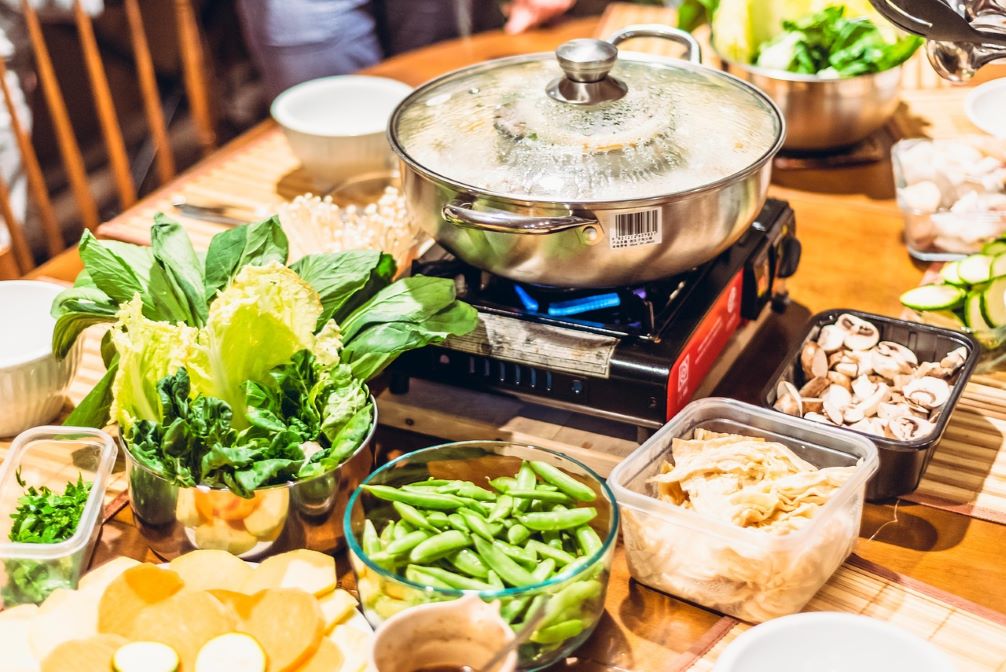Healthy Cooking: An In-Depth Exploration of Nutritious and Delicious Cuisine

Introduction
Embarking on a journey of healthy cooking is not just about adhering to a diet or reducing calorie intake. It’s about exploring the world of nutritious food and the myriad of global flavours that can be crafted with simple, wholesome ingredients. From lean meats and reduced-fat dairy to whole grains and a spectrum of vegetables, the realm of healthy cooking is as diverse as it is delicious.
Chapter 1: The Essential Elements of Healthy Cooking
Lean Meats: The Protein Powerhouse
Lean meats are an excellent source of protein and vital nutrients without the additional fat and calories. Whether it’s skinless chicken breasts, turkey, or lean cuts of beef or pork, incorporating lean meats into your healthy dinner can provide the necessary protein your body needs. These meats not only contribute to muscle growth and repair but also play a crucial role in maintaining overall health.
Reduced-Fat Dairy: A Calcium-Rich Choice
Reduced-fat dairy products, such as skim milk, low-fat cheese, and yogurt, offer the same amount of calcium and other essential nutrients as their full-fat counterparts but with fewer calories and less saturated fat. These dairy products are an excellent choice for those looking to maintain bone health while keeping their calorie intake in check.
Whole Grains: The Fibre-Filled Option
Whole grains, including brown rice, quinoa, oats, and whole grain bread and pasta, are brimming with fibre, which aids in digestion and keeps you feeling full longer. They are a staple in any healthy diet, providing a steady release of energy throughout the day and contributing to a healthy digestive system.
Global Flavours: A World of Taste
Healthy cooking doesn’t mean bland or boring. By incorporating global flavours from various cuisines, you can enjoy a variety of tastes and aromas. Spices, herbs, and condiments can add a burst of flavour without adding extra calories or fat. From the spicy curries of India to the aromatic herbs of Mediterranean cuisine, the world of flavours is at your fingertips.
Chapter 2: Low-Fat Cooking Techniques: A Guide to Healthier Cooking
Steaming: The Nutrient-Preserving Method
Steaming is a low-fat cooking technique that retains the natural flavour and nutrients of food. It’s perfect for vegetables and lean proteins like fish and chicken. This method allows the food to cook in its own juices, preserving its nutritional value and enhancing its natural flavours.
Stir-Frying: The Quick and Flavourful Technique
Stir-frying is a quick and easy way to cook a variety of vegetables and lean meats. Using a small amount of oil and high heat, you can create a healthy, flavourful dish in minutes. This method ensures that the food is cooked evenly and quickly, preserving its nutritional value and delivering a delicious meal.
Grilling, Air Frying, and Roasting: The Flavour-Enhancing Methods
Grilling, air frying, and roasting are excellent methods for cooking lean meats and vegetables. These techniques allow the natural flavours to shine through without the need for excess oil or fat. Whether it’s a grilled chicken breast, air-fried potatoes, or roasted vegetables, these methods deliver a delicious and healthy meal.
Steam or Blanching: The Colour-Preserving Technique
Steam or blanching vegetables is a great way to retain their vibrant colour and nutrient retention. This method involves briefly cooking vegetables in boiling water, then cooling them quickly in ice water to stop the cooking process. This technique ensures that the vegetables retain their crunch and vibrant colours, making them a delightful addition to any meal.
Chapter 3: Baking and Basting: Versatile Techniques for Healthy Cooking
Baking is a versatile cooking method that can be used for both sweet and savoury dishes. From roasted vegetables to whole grain bread, baking offers a multitude of options for healthy cooking. Basting, on the other hand, keeps food moist and flavourful during the cooking process. Using a basting brush, you can apply a small amount of oil or cooking liquid to the food periodically to prevent it from drying out.
Conclusion
Healthy cooking is an exciting journey filled with a variety of flavours, textures, and nutrients. By choosing organic, sugar-free, and nutrient-rich ingredients and employing low-fat cooking techniques, you can create meals that are both delicious and good for you. Remember, the key to a healthy diet is balance, moderation, and variety. So, get creative in the kitchen and enjoy the journey of healthy cooking!
